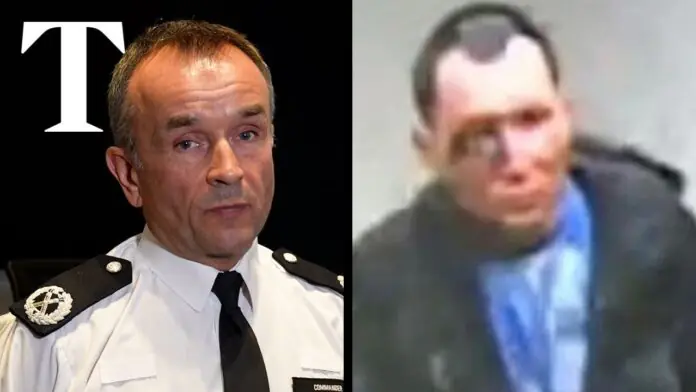Manhunt ends after 20 days as suspect’s body identified—31-year-old victim stable but unreachable
Abdul Ezedi, the prime suspect in a harrowing chemical attack that left 12 people injured in Clapham, South West London, has been confirmed dead after his body was discovered in the River Thames. The Metropolitan Police formally identified the remains of the 35-year-old fugitive, who had been on the run since the January 31 assault on a 31-year-old woman and her daughters, aged three and eight.
Commander Jon Savell expressed the force’s commitment to ongoing investigations into the attack while providing an update on the victim’s condition. The 31-year-old woman remains hospitalized, now in stable condition and no longer sedated. However, authorities have yet to interview her, awaiting her full recovery.
The massive manhunt for Ezedi began after he allegedly lured the woman into meeting him before launching the chemical attack. Despite extensive efforts by law enforcement, Ezedi’s whereabouts remained unknown until his body was recovered from Tower Pier on Monday afternoon.
Authorities had been pursuing Ezedi after he was last seen near Chelsea Bridge, where it was believed he jumped into the water. The tragic end to the manhunt comes as a relief to many, yet questions linger about the circumstances leading to the attack and Ezedi’s subsequent demise.
Ezedi’s past, including his arrival in the UK and legal history, has also come under scrutiny. Having initially failed to claim asylum, he later converted to Christianity and was granted asylum on his third attempt, with a priest serving as a character witness. His prior convictions for sexual assault and exposure have raised concerns about the handling of his case and the events leading up to the Clapham attack.
As the investigation continues and the community grapples with the aftermath of the attack, authorities remain vigilant in their pursuit of justice and accountability. The tragic incident underscores the ongoing challenges posed by violent crime and the need for comprehensive strategies to address such threats to public safety.
